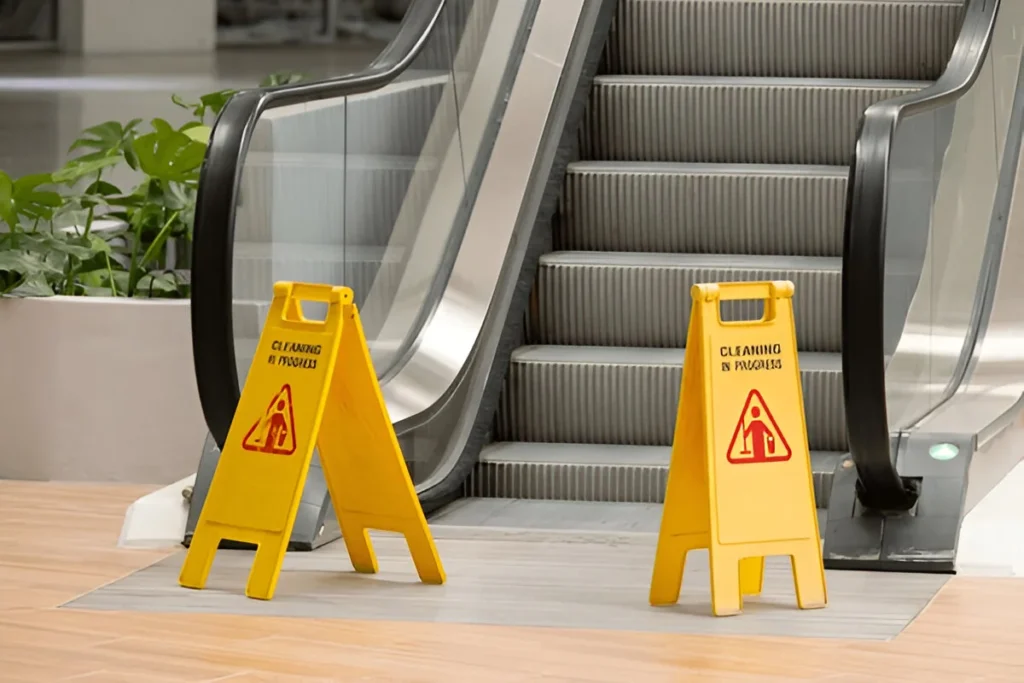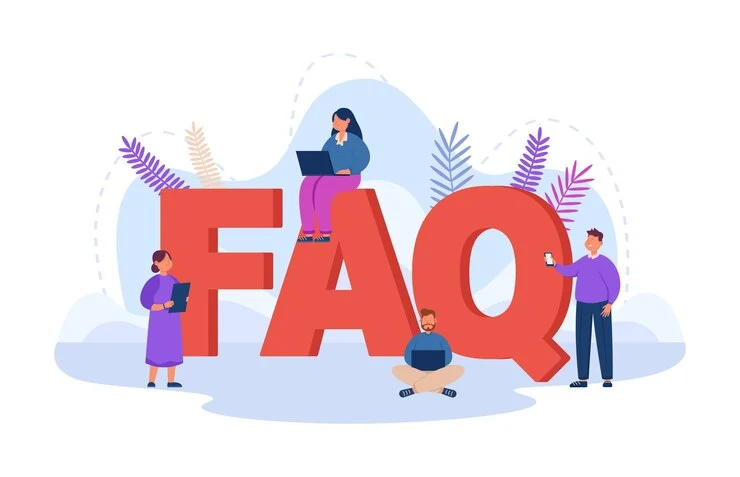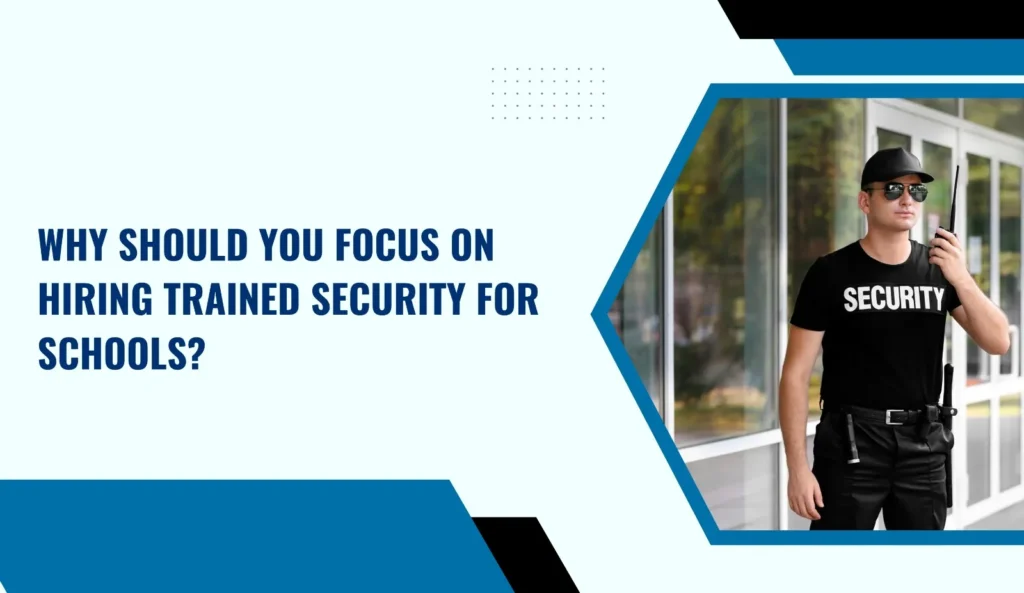-
Motilal Colony , Dumdum, Kolkata 700079
How Real-Time Incident Reports Help Prevent Escalation
Home | Blogs | How Real-Time Incident Reports Help Prevent Escalation

By Royals
July 2, 2025
How Real-Time Incident Reports Help Prevent Escalation
Prevent escalation with real-time incident reports that enable fast decision-making, accountability, and proactive safety, trusted by a reputed Security Guard Company.
In any environment—be it residential, commercial, or public—incidents can spiral out of control quickly if left unchecked. Whether it’s a minor dispute at a retail store, an unauthorized entry at a corporate site, or a fire alarm at a residential complex, time is of the essence. One powerful tool that has redefined how security responds to these situations is the real-time incident report.
Table of Contents
Used wisely, it becomes more than just a record—it’s a strategic layer of protection that helps prevent escalation, ensure accountability, and promote transparency.
The Shift from Paper Logs to Real-Time Intelligence
For years, security reporting relied on paper-based logs or delayed entries—often updated hours after an incident had occurred. These methods left room for error, vague recollections, and response delays.
Modern systems, however, use digital platforms to log incidents instantly. Security personnel now record and transmit data in real time using mobile devices or cloud-connected systems. These entries often include:
- Timestamped updates
- Photos or video clips
- GPS location tagging
- Officer notes and escalation flags
This evolution from delayed to real-time reporting is transforming how incidents are managed.

Why Real-Time Reporting is a Game Changer
When security personnel can report an incident instantly, the benefits ripple across the entire system:
Immediate Situational Awareness
Real-time alerts enable supervisors and response teams to understand an incident as it unfolds. They’re no longer reacting blindly or waiting for post-incident summaries.
Better Decision-Making
When managers have live data—including photos, location, and officer feedback—they can assess severity quickly and make informed decisions to prevent escalation.
Enhances Accountability
Digital logs with timestamps and user identifiers create a tamper-proof trail. This ensures all actions taken—or not taken—can be traced, supporting both transparency and compliance.
Enables Timely Escalation (When Needed)
Ironically, to prevent escalation, a good system also enables structured escalation when appropriate. For example:
- If a trespasser refuses to leave, officers can notify local authorities with supporting data in real time.
- In health emergencies, guards can coordinate with paramedics while recording vital scene updates.
How Real-Time Reports Help Prevent Escalation
Let’s go deeper into the core focus—how these systems play a critical role in preventing the escalation of tense or risky situations:
1. Early Detection of Threats
Many incidents begin subtly—a person loitering, a door left ajar, or raised voices in a hallway. If logged early and shared instantly, these observations give supervisors a chance to step in before things get out of control.
2. Centralized Monitoring
In setups with centralized control rooms, real-time incident data from multiple sites gives command teams a 360-degree view. This unified visibility allows coordinated response, stopping threats from spreading.
3. Supportive Evidence for Fast Action
When escalation seems likely—such as during unauthorized protests or building evacuations—having visual and documented proof gives teams and authorities confidence to intervene swiftly.
4. Reduced Panic and Misinformation
In emergencies, confusion can worsen the situation. Real-time reporting brings clarity, enabling calm and well-informed action.
5. Training Opportunities
Patterns revealed through repeated real-time reports (e.g., a hotspot for disputes or blind spots in camera coverage) allow management to train security guards better, improving long-term response quality.
Where Real-Time Reporting Proves Most Effective
This approach to preventing escalation is widely applicable across sectors:
Corporate Offices
- Insider threats, thefts, and unauthorized access
- Helps facility managers respond immediately
Malls & Retail Chains
- Shoplifting, vandalism, and aggressive customers
- Enables store managers to involve law enforcement instantly
Construction Sites
- Equipment misuse or unsafe behavior
- Guards can report safety violations as they happen
Hospitals & Healthcare
- Patient outbursts, unauthorized access to wards
- Guards can alert medical teams without leaving their post
What Makes an Effective Real-Time Reporting System?
Not all systems are created equal. Look for features like:
- Mobile-friendly guard apps
- Instant notifications to supervisors
- Multimedia support (photo, video, audio)
- GPS and geo-tagging
- Cloud-based logs with historical tracking
- Role-based permissions to ensure data privacy
Integrating these tools doesn’t just make operations smoother—it increases the overall professionalism and preparedness of the security team.
Signs You’re Working With the Right Security Partner
Organizations that invest in real-time reporting technology—and train their guards to use it—tend to be better equipped to prevent escalation. These security partners often:
- Provide thorough incident reporting protocols
- Equip guards with digital tools (not just walkie-talkies)
- Offer post-incident analysis and proactive recommendations
- Employ experienced supervisors to interpret data and respond quickly
The most trusted security providers are those that combine well-trained personnel with technology-driven practices. By integrating real-time reporting, structured protocols, and proactive monitoring, they deliver comprehensive safety solutions—not just physical presence.

FAQs
Q1. What is a real-time incident report?
A real-time incident report is a digital log created by a security officer at the moment an incident occurs, often containing multimedia evidence and live updates.
Q2. Can real-time reports be automated?
Yes, some systems integrate with CCTV and sensor data to auto-trigger alerts, which officers can then validate and escalate as needed.
Q3. Do real-time reports replace human judgment?
No. They support faster and more informed human decisions but do not replace trained response teams.
Q4. Are these systems secure?
Modern platforms use encrypted cloud storage, access control, and audit trails to ensure report integrity and data safety.
Q5. Is real-time reporting suitable for small businesses?
Absolutely. Many scalable platforms offer mobile-based reporting at affordable rates, making it accessible even for small offices or retail outlets.
Final Thoughts: Real-Time Reports Are More Than Just Logs
In today’s high-risk, fast-paced environments, reacting late often means reacting wrong. That’s where real-time incident reports prove their value—not just in recording what happened, but in shaping what happens next.
By enabling timely visibility, empowering decision-makers, and reinforcing frontline guards with data, these systems help organizations prevent escalation before it ever becomes a crisis.
For those looking to truly modernize their safety infrastructure, the answer lies not just in manpower but in intelligent, connected reporting tools that turn vigilance into action.



